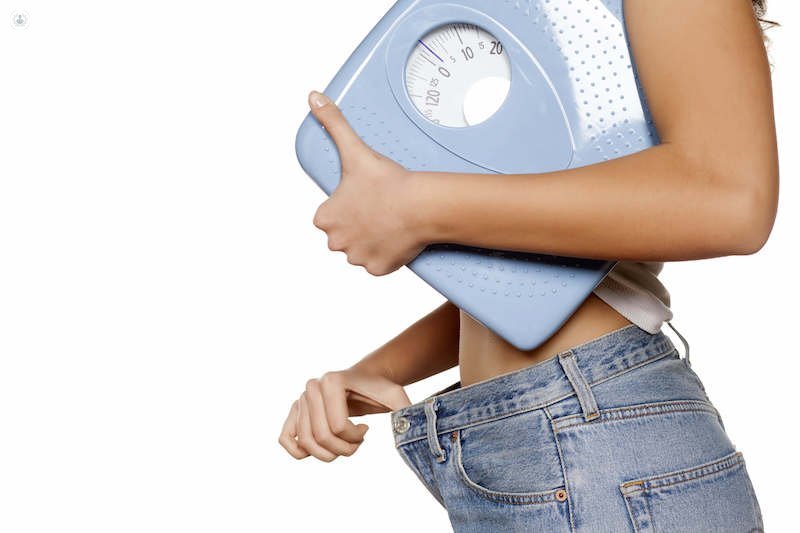Bariatric surgery: alternatives to the standard gastric bypass
Written by:Bariatric surgery is considered to be the most effective way of achieving sustained weight loss. As it has evolved, new variations and alternatives have arisen. The standard gastric bypass (known as the Roux-en-Y gastric bypass) is in no way obsolete but there are now alternative forms of weight loss surgery aimed at meeting patients’ individual needs.

Mini gastric bypass
The mini gastric bypass not only restricts the amount of food that can be eaten at any one time but also short circuits the gastrointestinal tract. This form of bariatric surgery works on two levels: firstly, less calories are absorbed and, secondly, the gut hormones are altered which are involved in appetite control.
The stomach is divided and a pouch is created from a small tube of stomach. The surgeon then joins the pouch to the bowel. Food passes from the small pouch into the bowel, where it meets the digestive juices which have moved downwards from the main part of the stomach. This allows 200-300cm of small bowel to be bypassed before absorption of food can take place, which leads to weight loss.
Studies show that the weight loss and health benefits which result from a mini gastric bypass are a little higher than with the standard gastric bypass. The procedure takes 45 minutes and patients usually spend one to two nights in hospital.
Gastric sleeve
A gastric sleeve involves converting the stomach into a long, thin tube by stapling it and removing the excess stomach. Unlike a gastric bypass, the route that food takes following a gastric sleeve is the same as before the bariatric surgery, no part of the digestive system is bypassed. As the stomach is smaller, appetite is restricted. The procedure takes 45 minutes and patients are typically discharged on the first postoperative day. Patients tend to lose 30% of total body weight.
Gastric balloon
For patients looking for non-surgical options, the gastric balloon system achieves an average weight loss of 9kgs to 14 kgs in 6 months which can now be maintained up to 1 year with the new Orbera balloon system. A synthetic, sterile fluid filled balloon is endoscopically placed inside the stomach.
It sits in the stomach, partially filling the space inside. This has the effect of making you feel less hungry and feel fuller quicker and for longer when you do eat. The Orbera gastric balloon must be removed after 12 months, after which time dietary support will help you maintain a more controlled diet and therefore maintain the weight loss.


